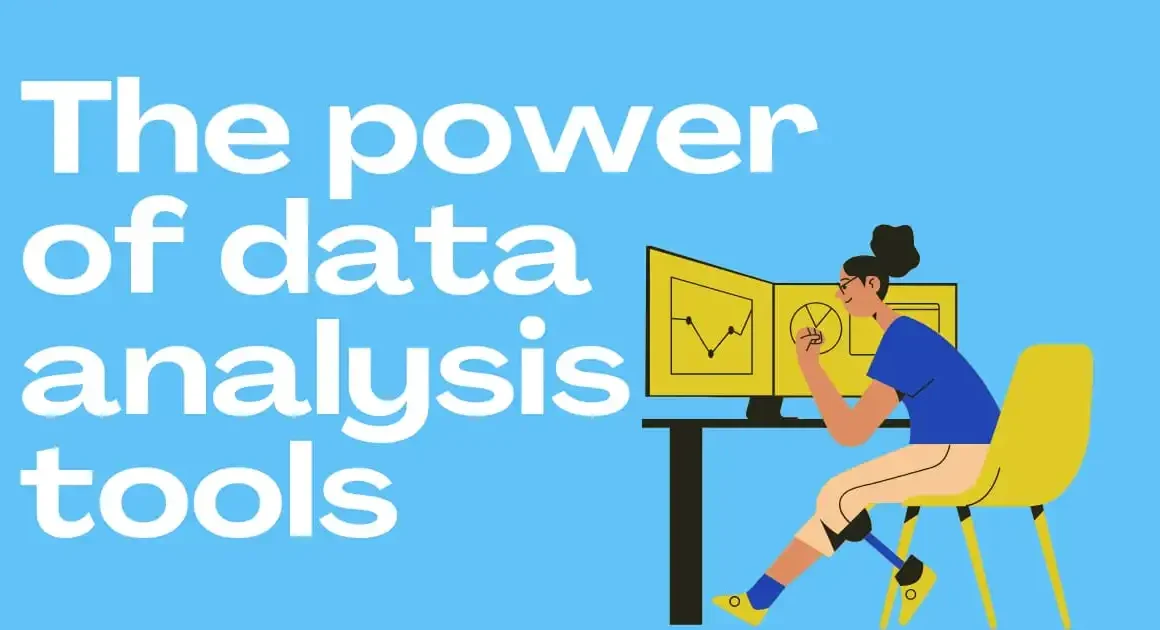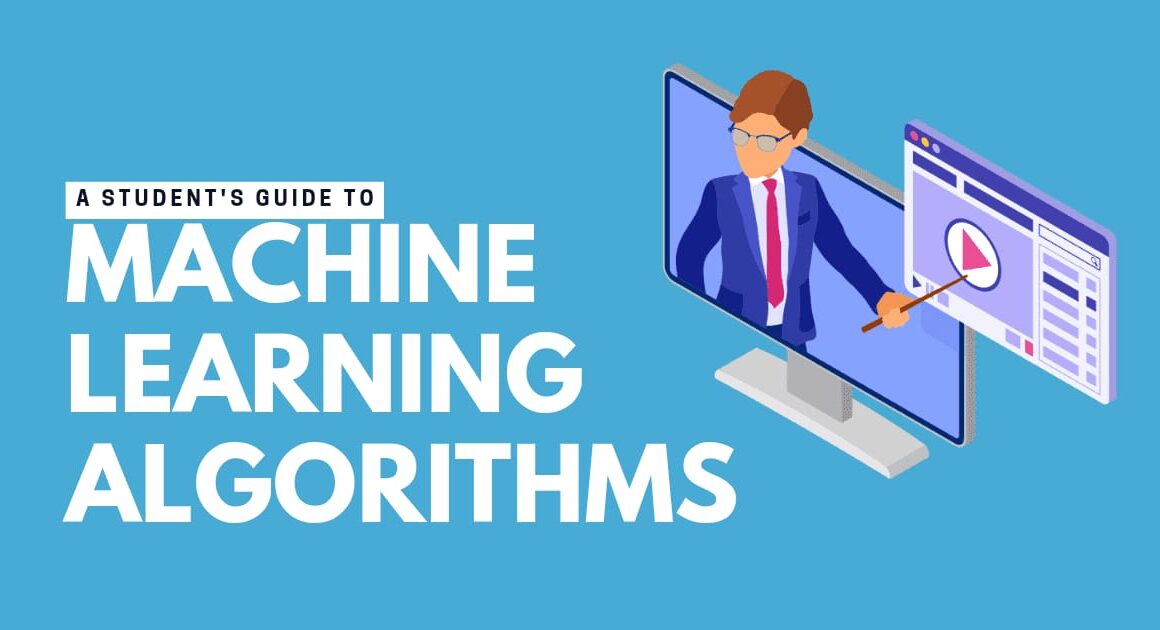Introduction
Effective data analysis has become essential for professionals and organizations alike in today’s environment. Using these tools to their full potential has never been more crucial for producing insightful findings and well-informed decisions. This blog post examines the main characteristics and advantages of the tools, ranging from programming languages and visualization tools to specialized analysis software, empowering you to navigate the wide range and select the appropriate tools to increase your productivity and insights.
The Importance of Data Analysis Tools
They are essential for giving meaning to unprocessed data and turning it into insights that can be put to use. These technologies are used by companies of all sizes to get a competitive edge, make data-driven choices, and find previously unnoticed patterns and trends. In the current era, the following strong arguments support the need for data analysis tools:
- Extracting Useful Insights: Companies may turn complicated and unstructured data into insightful information by using these technologies. You can find relationships, patterns, and trends that you might have missed otherwise by using these tools.
- Effective Decision-Making: The success of a corporation is largely dependent on the decisions that are made. Organizations can increase performance and efficiency by using analysis tools to make decisions based on timely and reliable data.
- Increasing Productivity: By lowering manual labor, removing errors, and optimizing processes, automating these operations with the use of specialized technologies can greatly increase productivity. This frees up specialists from the time-consuming responsibilities of data processing so they may concentrate on drawing conclusions.
- Discovering Business Opportunities. : Businesses can find new avenues for expansion, creativity, and efficiency by using data analysis technologies. Organizations may enhance consumer experiences, find undiscovered market niches, and optimize pricing strategies by utilizing data.
Key Features to Consider in Data Analysis Tools
Understanding the primary characteristics and functions that can improve your data analysis efforts is crucial. We will examine the three main connected keywords—programming languages, visualization tools, and analysis tools. Let’s take a closer look at each of these features:
Programming Languages for Data Analysis
The fundamental components of data analysis are programming languages, which offer the tools and features required for data manipulation, analysis, and visualization. The following three well-known programming languages might enhance your data analysis:
Python: The Versatile and Powerful Language
One of the most popular programming languages for data analysis is now Python. Data analysts and scientists love it for its ease of use, flexibility, and large library collection. NumPy and SciPy, two Python libraries, offer strong capabilities for statistical modelling and data processing.
R: The Statistical Powerhouse
It is a well-known statistical programming language that has strong data analysis features. R is an excellent tool for statistical modelling, visualization, and exploratory data analysis. Because of its extensive library and package ecosystem. Because of its many uses, statisticians and researchers particularly like it.
SQL: The Language for Efficient Data Manipulation
For the purpose of efficiently manipulating and analyzing structured databases, Structured Query Language, or SQL, is required. Large-scale data analysis projects using relational databases benefit greatly from it in particular since it offers a smooth way to carry out intricate queries, aggregations, and data transformations.
Visualization Tools for Data Analysis
Analysts can display complex data in an easily interpreted visual style by using data visualisation tools. They make it possible for businesses to quickly and efficiently absorb knowledge. The following three potent visualization tools can improve your efforts:
Tableau: Intuitive Data Visualization
Tableau’s user-friendly design and powerful visualization features have helped it become more and more popular. Analysts may easily explore and communicate information with ease by creating visually appealing and interactive dashboards, charts, and graphs using the drag-and-drop capability.
Power BI: Cutting-Edge Interactive Visuals
With the full array of interactive visualization capabilities provided by Microsoft Power BI, users can create intelligent dashboards and reports. Businesses looking for effective analysis and visualization frequently use it because of its smooth interface with other Microsoft products.
Google Data Studio: Seamless Integration and Collaboration
With Google Data Studio, businesses can use an easy drag-and-drop interface to build dynamic, shareable reports and dashboards. Real-time data analysis and collaboration are made possible by its interaction with Google Sheets and other Google products, such as Google Analytics.
Analysis Tools for Data
Dedicated analysis software might offer sophisticated features and functionalities in addition to programming languages and visualization tools to fulfil certain data analysis requirements. The following three crucial tools are important to think about:
Excel: The Spreadsheet Dominator
Microsoft Excel’s ease and adaptability make it a widespread tool for data analysis. Although Excel lacks the sophisticated features found in specialized programming languages, it nonetheless has an intuitive user interface for data management, reporting.
Apache Spark: Harnessing Big Data Analytics
An effective open-source framework for handling massive datasets is called Apache Spark. It supports distributed data processing, machine learning, and real-time analytics and performs exceptionally well with large amounts of data. Spark is perfect for businesses handling enormous amounts of data because of its powerful features.
MATLAB: Advanced Statistical Analysis
MATLAB is well known for its extensive collection of modelling and statistical analysis capabilities. Because of its extensive analytical skills and vast library of statistical functions, which allow for in-depth data analysis and modelling, it is very popular in academic and research environments.
Best Practices for Integration and Utilization
As you navigate the vast landscape of data analysis tools, it’s essential to consider some best practices to ensure optimal integration and utilization of these tools. Here are some key guidelines to follow:
- Selecting the Appropriate Tool for the Task: Determine which tools best suit your needs by evaluating your unique data requirements. Think about things like desired analysis methods, available resources, and the quantity and complexity of the data.
- Useful Keyword and Topic Research: Make use of useful keyword research strategies to find out what queries and themes are most popular with your target market. This will guarantee that your blog entries are search engine optimized and help you build your content strategy.
- Creating Interesting and Educational Content: Write blog entries that inform and interest your readers in addition to being optimized for search engines. Keep the tone and flow of the article reader-friendly while including the main and associated keywords seamlessly.
- Maintaining SEO Best Practices: Make sure your website loads quickly by adhering to SEO best practices, which include employing pertinent meta tags, adding both internal and external connections, and optimizing your images. This will increase the exposure of your blog and draw in natural traffic.
Conclusion
In the current era, professionals and organizations looking for insightful information and increased productivity must fully utilize the power of data analysis tools. Utilizing the appropriate analysis software, visualization tools, and programming languages will help you fully utilize your data and make well-informed decisions.
References
- Python: https://www.python.org/
- R: https://www.r-project.org/
- SQL: https://www.w3schools.com/sql/
- Tableau: https://www.tableau.com/
- Power BI: https://powerbi.microsoft.com/
- Google Data Studio: https://datastudio.google.com/overview
- Excel: https://www.microsoft.com/en-us/microsoft-365/excel
- Apache Spark: https://spark.apache.org/
- MATLAB: https://www.mathworks.com/products/matlab.html




